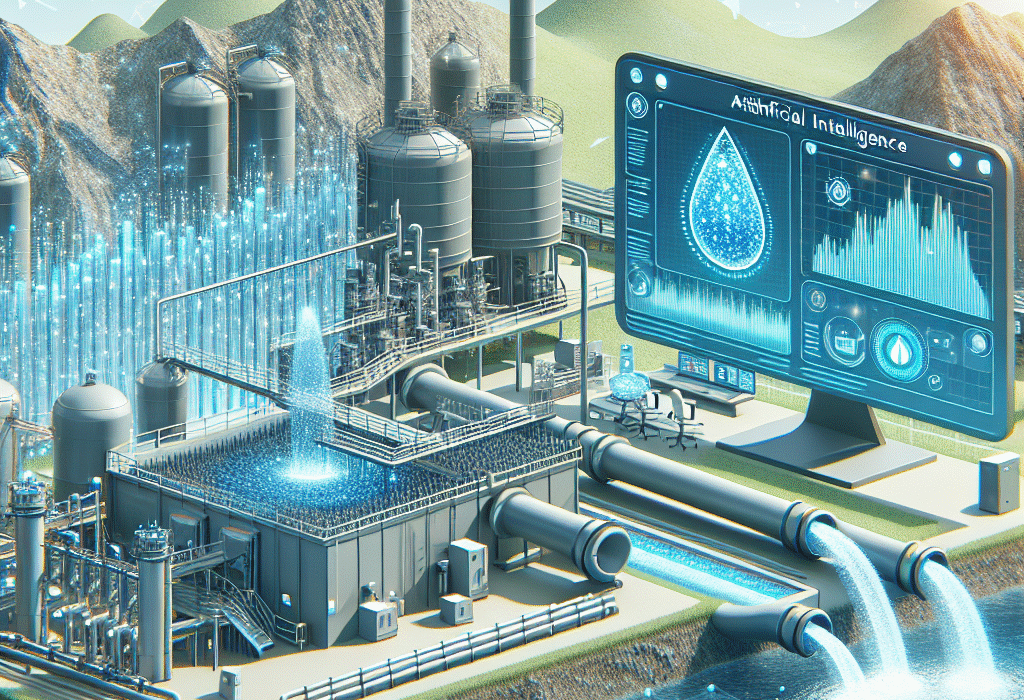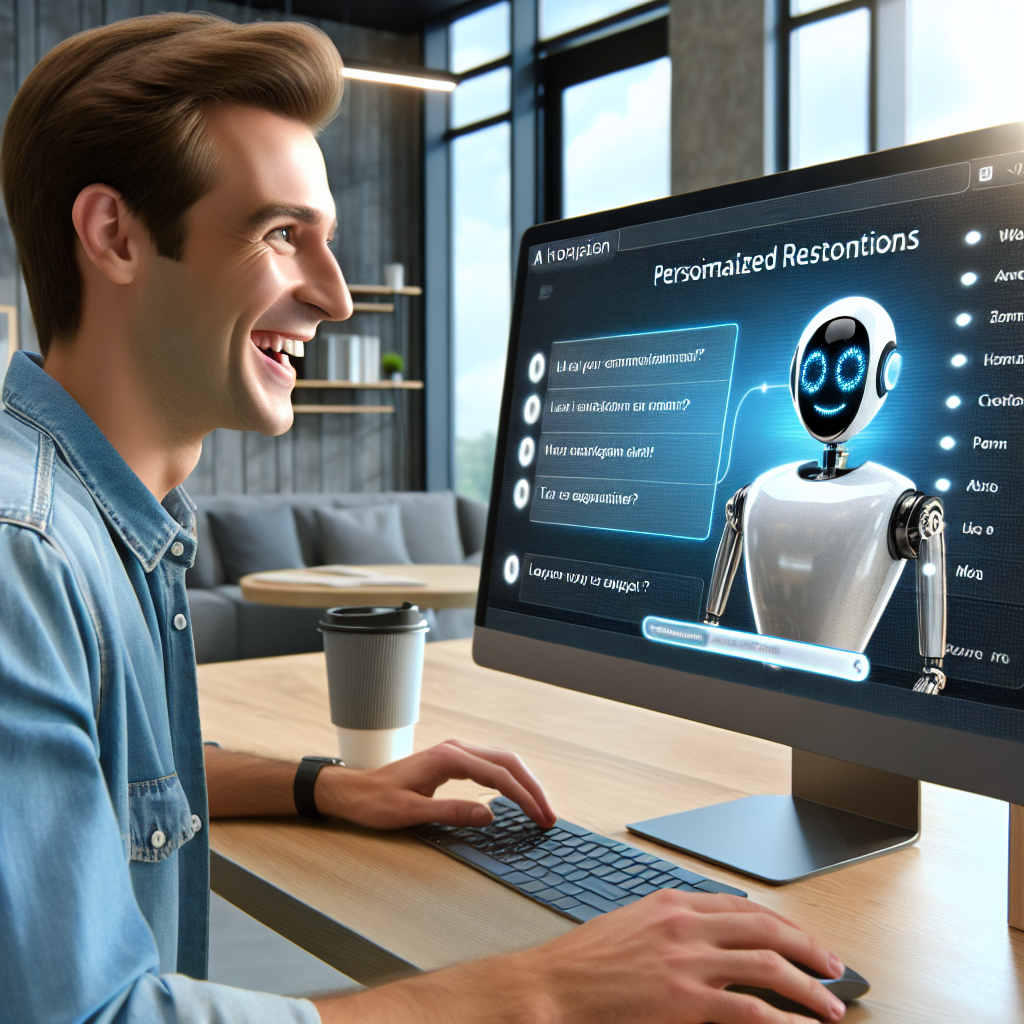Have you ever wondered how emergency water treatment is regulated and maintained during a crisis? Whether it’s a natural disaster or a human-made emergency, ensuring that drinking water remains safe for consumption is vital. In this blog post, we’ll explore the importance of emergency water treatment and discuss a recent study that highlights the use of multi-objective training to enhance artificial neural network (ANN) ensemble forecasts for monitoring household residual chlorine levels. Buckle up and get ready to dive into the fascinating world of emergency water treatment!
The Significance of Emergency Water Treatment
When faced with an emergency situation, one of the most critical concerns is the availability of safe drinking water. Water sources can be contaminated easily during emergencies, posing a significant risk to public health. Emergency water treatment plays a pivotal role in ensuring that the water supply remains safe and free from harmful pathogens and contaminants.
-
Emergency water treatment involves various processes such as filtration, disinfection, and water testing to maintain the quality of drinking water.
-
It is essential to monitor residual chlorine levels in water, as chlorine is a common disinfectant used to kill pathogens and ensure water safety.
-
Household residual chlorine levels are crucial indicators of water quality and can help prevent waterborne diseases during emergencies.
The Power of Artificial Neural Networks
Artificial Neural Networks (ANNs) are computational models inspired by the human brain’s neural network structure. ANNs can be trained to recognize patterns and make predictions based on input data. In the context of emergency water treatment, ANNs can be valuable tools for forecasting household residual chlorine levels and identifying potential water quality issues.
-
ANNs can analyze historical data on water quality and residual chlorine levels to predict future trends and identify potential risks.
-
By training ANNs with multi-objective training techniques, researchers can enhance the accuracy and reliability of chlorine level forecasts.
-
Ensemble forecasting, which combines multiple ANNs to create a more robust prediction model, can improve the overall performance of water quality monitoring systems.
The Study: Improving Household Residual Chlorine Forecasts
A recent study titled “Training for the test: Using multi-objective training to improve ANN ensemble forecasts of household residual chlorine in emergencies” explores the use of multi-objective training to enhance ANN ensemble forecasts of household residual chlorine levels. The study aims to improve the accuracy of chlorine level predictions and provide better insights into water quality monitoring during emergencies.
-
The researchers used historical data on household residual chlorine levels and water quality parameters to train the ANN ensemble.
-
By applying multi-objective training techniques, the researchers optimized the ANN models to improve their forecasting performance.
-
The study demonstrated that multi-objective training can significantly enhance the accuracy of household residual chlorine forecasts, leading to more reliable water quality monitoring systems in emergencies.
Takeaways for You
As we navigate through the complexities of emergency water treatment and the role of artificial intelligence in water quality monitoring, it’s essential to recognize the significance of proactive measures in safeguarding public health. By leveraging advanced technologies like ANNs and multi-objective training, we can enhance our ability to predict and respond to water quality challenges effectively.
So, what does this mean for you? Whether you’re a water treatment professional, a disaster response coordinator, or a concerned citizen, staying informed about the latest advancements in emergency water treatment is crucial. By understanding the importance of monitoring household residual chlorine levels and investing in innovative solutions, we can contribute to a safer and more resilient water supply system during emergencies.
As we continue to explore new ways to enhance emergency water treatment practices, let’s remember the critical role that each of us plays in ensuring water safety for ourselves and future generations. What are your thoughts on this trend? Let me know what you’d choose.







